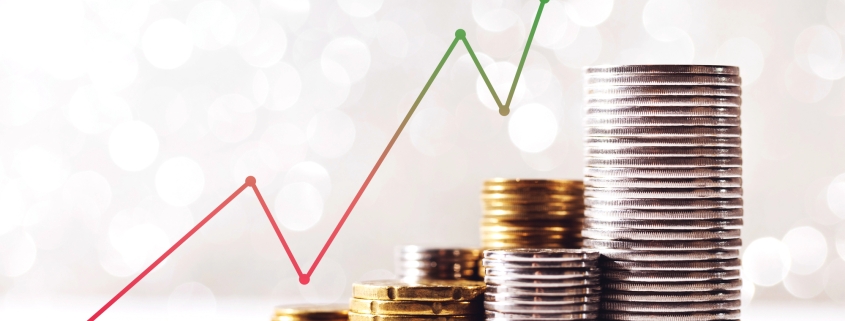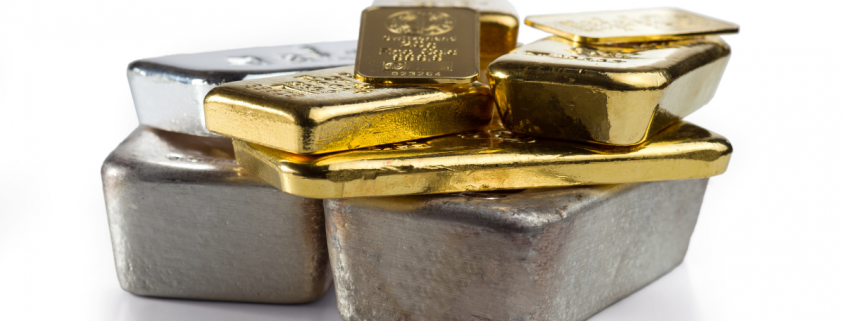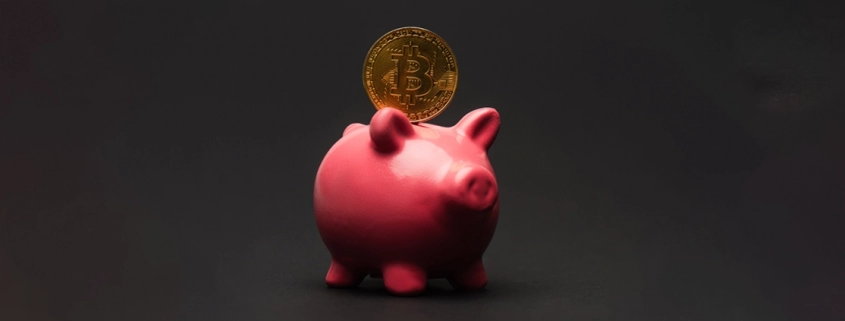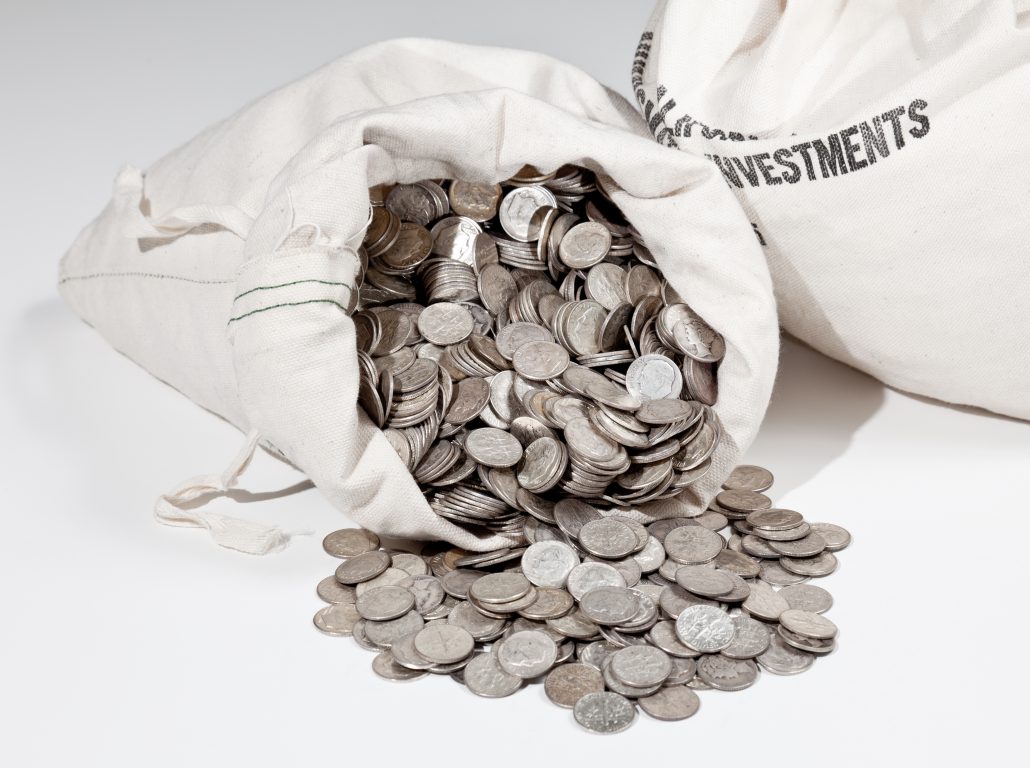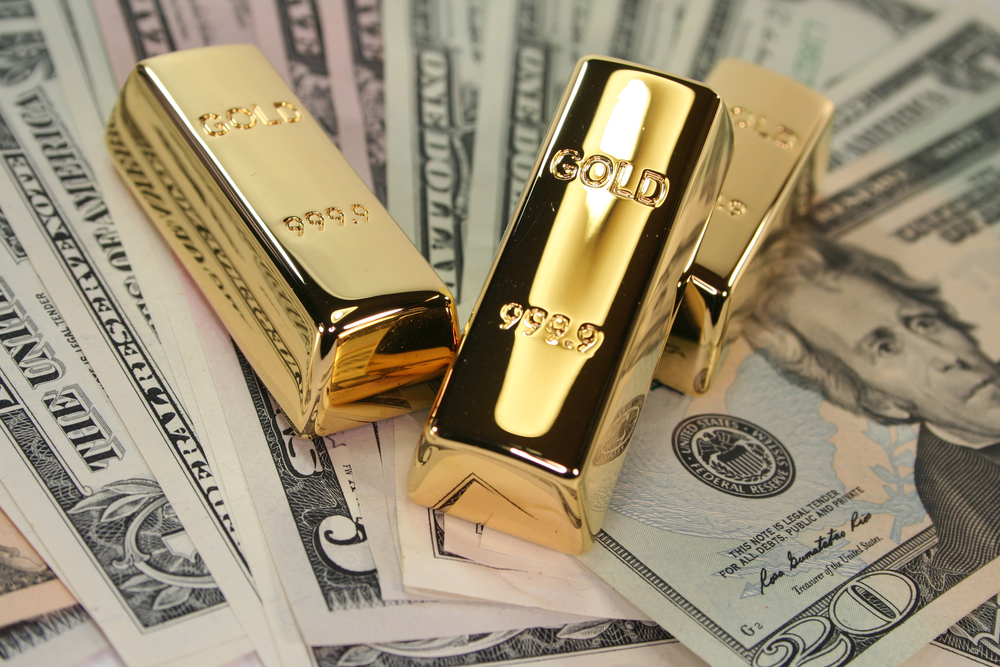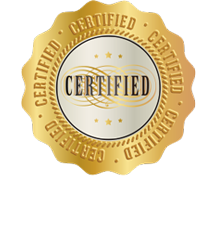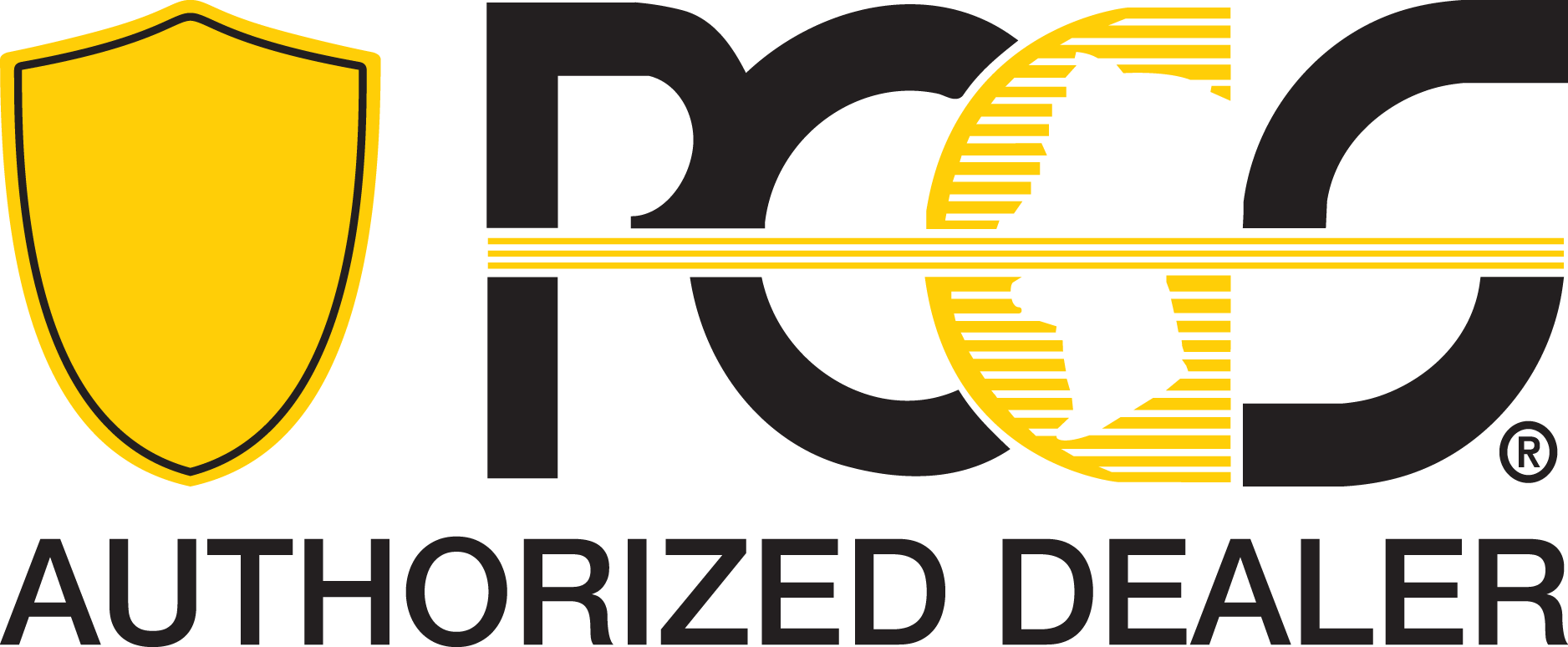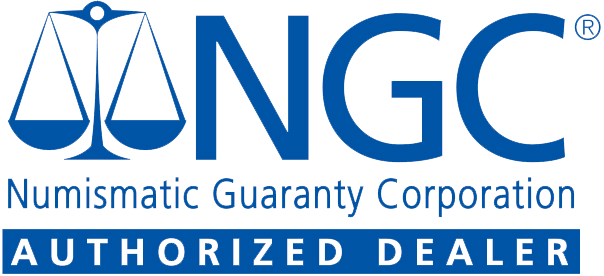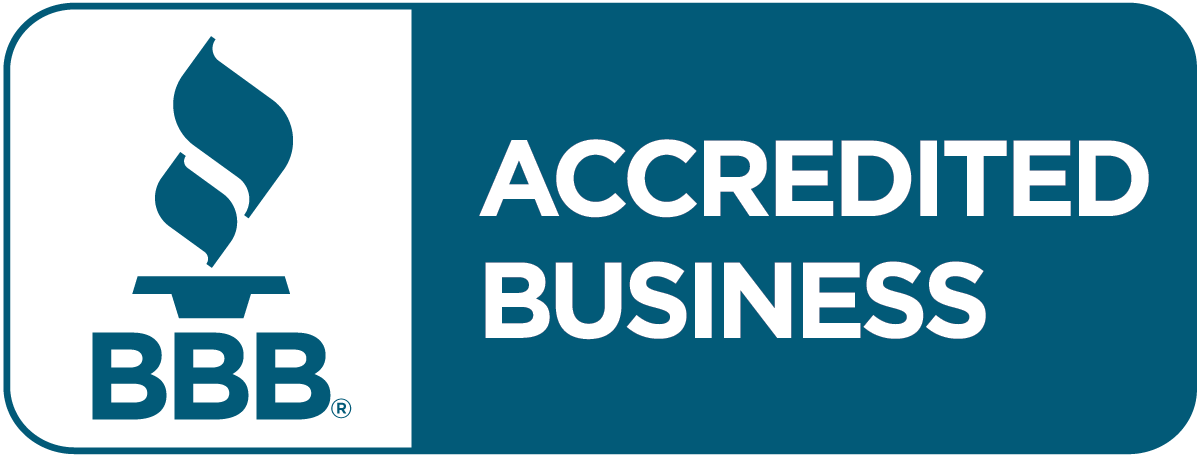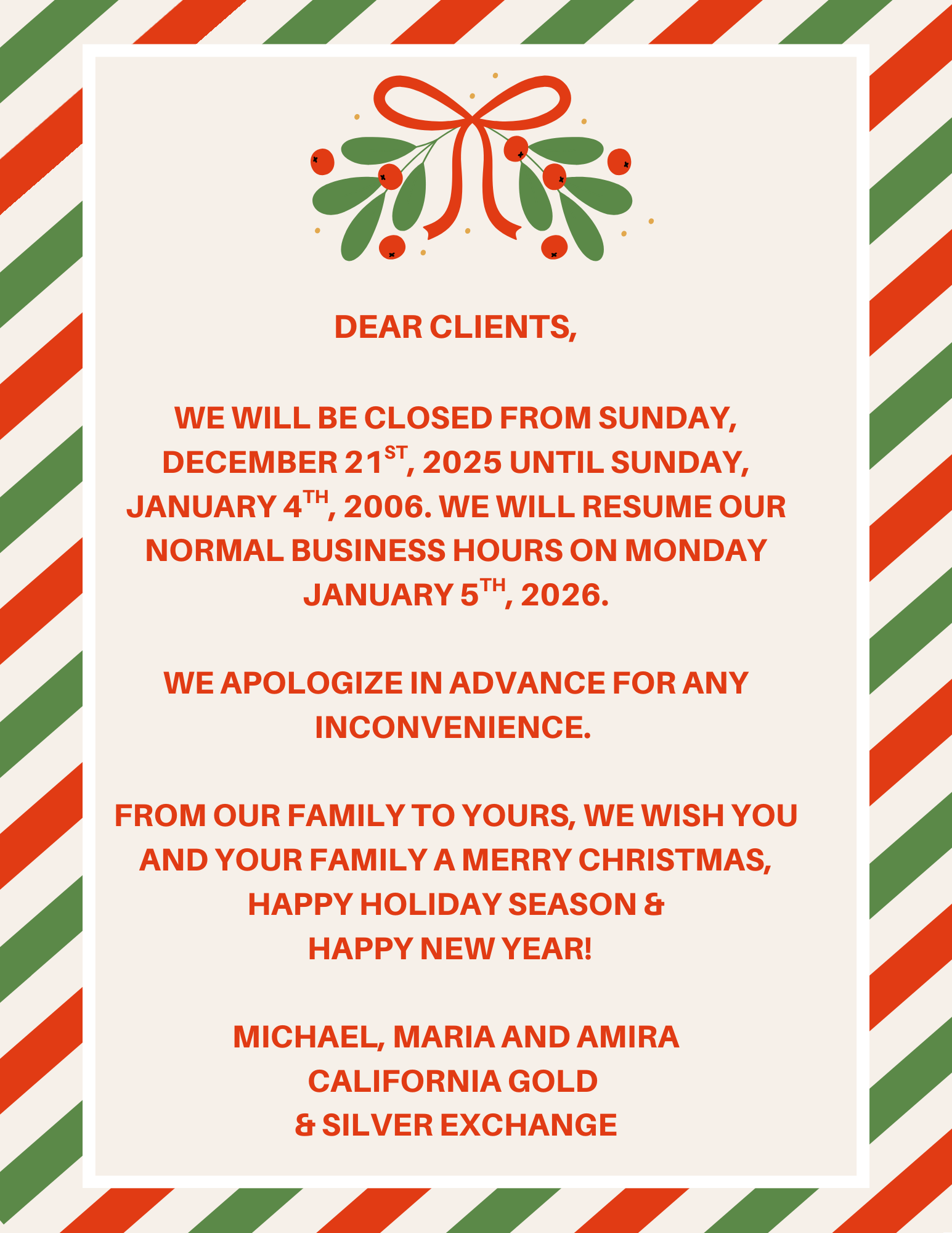What’s Involved in a 401(k) to Precious Metals Conversion?
Thinking of turning your 401(k) into gold or silver? This process—known as a 401(k) to Precious Metals Conversion—lets retirement savers roll over funds into a self-directed IRA, allowing investments in physical gold and silver that meet IRS standards. For many folks near retirement, this isn’t just about wealth protection. It offers real peace of mind in a shifting economy.
Why Gold and Silver Still Belong in Your Retirement Portfolio
Adding gold and silver to your retirement plan isn’t just an old-school move. Here’s why experienced investors do it:
- Diversifies your holdings beyond the unpredictable stock market
- Can help hedge against inflation and financial uncertainty
- Brings the security of holding assets you can see and touch
Going the physical metals route is simple when you have a trustworthy guide and avoid common traps—like buying products that don’t actually qualify for an IRA or chasing big promises that sound too good to be true.
How Self-Directed IRAs Work for Precious Metals
A self-directed IRA opens up more than just stocks and bonds. Here’s what you do:
- Set up a self-directed IRA with a qualified custodian
- Request a direct rollover from your 401(k)
- Choose the right coins or bars—meeting those IRS fineness standards is a must
- Make sure your metals are tucked away in an IRS-approved depository
When you work with a local specialist like California Gold & Silver Exchange, you get the benefit of transparent service and clear answers from someone who knows the community and the rules.
How to Convert Your 401(k) to Precious Metals (Step-by-Step)
Ready to dive in? Here’s how most 401(k) to Precious Metals Conversions unfold:
- Talk to a self-directed IRA expert for upfront advice tailored to your needs
- Set up a direct rollover—this keeps your process smooth and free of unnecessary taxes
- Pick only IRS-approved gold or silver (don’t be shy: ask to see the paperwork)
- Store it all safely in a licensed, third-party vault, not at home
With help from California Gold & Silver Exchange, you’ll never be left guessing at what comes next. Their approach is straightforward, friendly, and rooted in trust.
Let’s Clear Up a Few Questions
What will it cost me?
You’ll pay for account setup and yearly storage, but honest experts will lay out every fee upfront.
Are there risks here?
Sure—mostly in choosing the wrong provider or getting talked into unqualified products. Stick with the pros who can back up their claims with credentials and happy customers.
How soon can I access my money?
You generally follow the usual IRA rules: age 59½ is the magic number for penalty-free withdrawals.
How do I avoid scams?
It’s simple. Skip any company promising a sure thing, or applying sales pressure. Check for that A+ BBB rating and listen to real stories from local clients.
Why Local Investors Trust California Gold & Silver Exchange
For over five decades, California Gold & Silver Exchange has been a fixture in Upland. Folks walk in without appointments, and everyone is greeted like an old friend. Here’s what sets them apart:
- Walk-in service—because a handshake matters
- Straightforward guidance without the industry jargon
- All the right certifications and an A+ BBB rating
- Deep local roots and genuine family values
You’re never just a number. Every client gets personalized support, whether buying, selling, or just looking for advice.
Ready to Turn Your Retirement into Something Real?
It’s easy to get started:
- Stop by the Upland office for a chat, or call to set up your free session
- Explore your rollover options step by step so you know what’s best for you
- Bring every question—no matter how basic—because good advisors are there to listen
There’s nothing stuffy or impersonal here—just real, caring professionals who want your retirement to work for you, not the market.
Frequently Asked Questions About 401(k) to Precious Metals Conversion
| Question | Answer |
|---|---|
| Can I convert any 401(k)? | Most workplace 401(k)s qualify once your employment ends. Always check the specifics first. |
| Will I owe taxes on the rollover? | Not if you do it right—a direct rollover is usually non-taxable, but mistakes can cost you. |
| Where does my gold go? | Only IRS-approved depositories—no home storage allowed for IRAs. |
| What’s considered IRA-worthy? | Only specific coins and bars—think American Gold Eagles, not random collectibles. |

